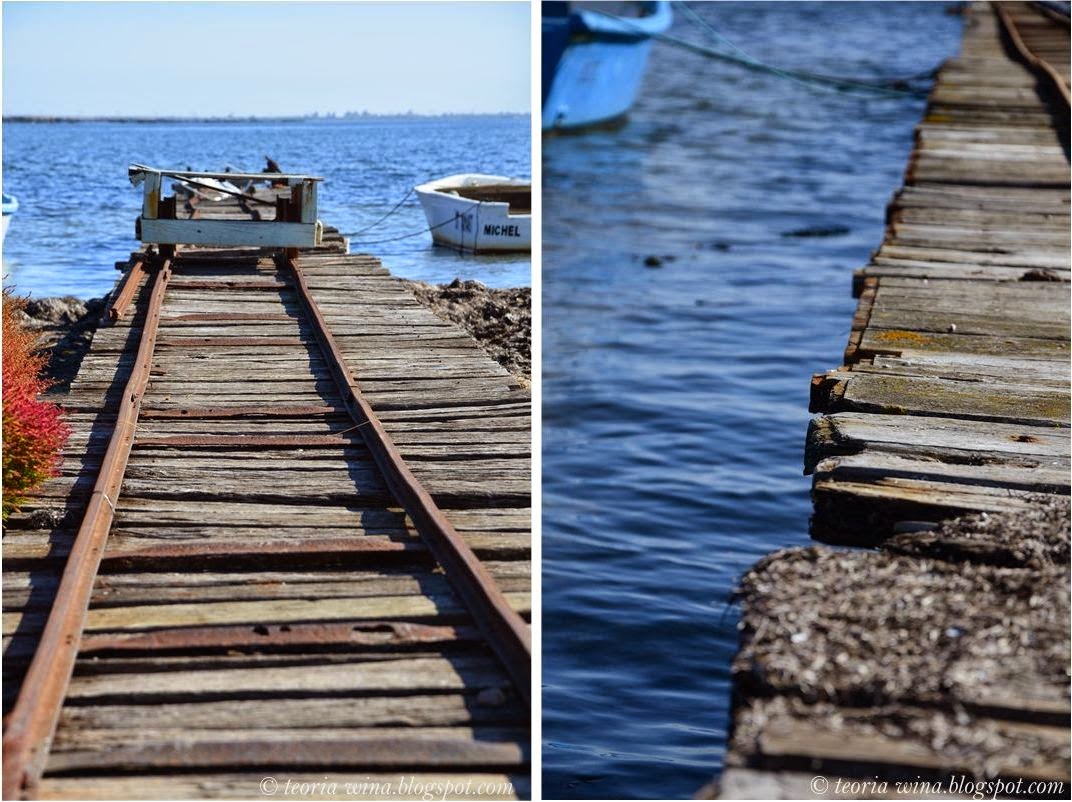The Languedoc-Roussillon is an ideal terroir for cultivating the vine. In the Languedoc region, we
find a vast variety of soil types that vary according to the appellation of
origin: vast pebble terraces, sandstone and calcareous clay, limestone and
shale, clayey soils, pudding stone, sandy
soils, molasse, etc., all assets of the Languedoc soils, constituting the
individual characteristics of each appellation.
In the Languedoc, the most Southern region of France, the climate is
essentially Mediterranean, ideal for cultivating the vine. The Grands Chais de France group began its activity in
the Languedoc-Roussillon with the impulsion of the J.P CHENET brand, the
best-selling brand of French wine in the world today! This
success reveals they know-how quality as southern wines producer.
Following 30 years of presence in Languedoc-Roussillon the Grands Chais de France , they have been adapting to the region changes (vineyard restructuration, introduction of new appellations…) with a unique goal to produce exceptional wines in order to answer consumer’s demands.
Following 30 years of presence in Languedoc-Roussillon the Grands Chais de France , they have been adapting to the region changes (vineyard restructuration, introduction of new appellations…) with a unique goal to produce exceptional wines in order to answer consumer’s demands.
Stretching along
the Thau lagoon to the west of the Mediterranean’s Golfe de Lyon lies the
largest white wine producing area in the Languedoc : the Picpoul de Pinet
terroir. It consists of a triangle bounded
by Agde, Pézenas and Sète : a limestone plateau basking in the rising sun
covered in highly perfumed garrigue, rows of vines, and scattered pine groves.
Area: 1400 hectares
Average production:
70 000 hectolitres
Maximum authorized yield:
60 hl/ha
Unique grape variety:
piquepoul blanc
Main characteristics:
generous wines, fresh and lively
The groupe GCF in Picpoul
de Pinet has partner : Domaine la
Serre and Domaine de la Madone - Picpoul de Pinet, where bottling at the
property.
Domaine La Serre, Picpoul de Pinet AOP
Terroir:
Limestone plateau with red clay and pebbles at an average altitude of 100
meters.
Average age of
the vineyard: 20 years
Grape varietiy:
100% cépage PIQUEPOUL
Vinification:
The harvesting of the grapes takes place at night when they have reached full
maturity in order to preserve the aromas and the fruit intensity. When the
grapes arrive at the cellar they are immediately protected against oxygen and
pressed. The fermentation takes place at controlled temperatures.
Domaine de la Madone, Picpoul de Pinet AOP
Owner: Matte la Faveur familyArea of the property: 15 hectares
Terroir: Garrigues soils and sandy molasse
Climate: Mediterranean
Grape varieties: 100% piquepoul
Vinification: The harvesting of the grapes takes place at night when they have reached full maturity in order to preserve the aromas and the fruit intensity. When the grapes arrive at the cellar they are immediately protected against oxygen and pressed. The fermentation takes place at controlled temperatures.
Picpoul de Pinet you can also discover by a tour of the 'Terroir d'Art et de Nature': A winding trail through the hills of Bessilles leads
hikers through Montagnac’s vineyards. Along the way, fourteen statues depict
the lives of the region’s winemakers. It is a local project to show wine by the art. The wine and the region
Picpoul de Pinet is
worth to visit.
Najbardziej wysunięty na południe region winiarski Francji to: Languedoc-Roussillon,
to tutaj panują idealne warunki do uprawy winorośli i powstawania unikatowych
win. Na tym obszarze znajdują się różne typy gleby, w zależności od położenia
danej apelacji (żwiry, piaskowce, magle, wapień, łupki, glina, kamień) i
doskonałe warunki klimatyczne.
Grupa handlowa GCF (Grands Chais de France), która
swą popularność rozpoczęła od marki J.P.Chenet, w Langwedocji jest obecna od ponad 30 lat i tutaj
także odnalazła swoje miejsce i wina, które cieszą się uznaniem na całym
świecie.
W Langwedocji w apelacji Picpoul de Pinet grupa GCHF
współpracuje m.in. z Domaine la
Serre i Domaine de la Madone.
Picpoul de Pinet w tej apelacji powstaje najwięcej
białych win regionu na bazie unikatowej winorośli piquepoul blanc także nazywanym picpoul blanc. Wina
stąd charakteryzują się rześkością, soczystością, aromatami owoców cytrusowych,
kwiatów pomarańczy. Wina te są idealne na letnie upały w towarzystwie owoców
morza i ostryg, z których produkcji ten
region Francji słynie.
Południe Francji możemy poznawać przez smakowanie
regionalnej kuchni, picie lokalnych win, a także przez sztukę. Z inicjatywy
lokalnej winiarskiej społeczności i tutejszych artystów powstał projekt 17 rzeźb, przedstawiających sceny z życia
winnicy i winiarzy ułożonych w turystyczną trasę wiodącą przez winnice apelacji.
Zobaczenie wszystkich rzeźb może zająć cały dzień. Ja podczas mojej wizyty w
tym regionie Francji zobaczyłam kilka z nich, ale gdyby czas pozwolił
sprawiłabym sobie taki kulturalny rajd po drogach i bezdrożach Picpoul de Pinet.
Może jeszcze będzie okazja, bo region i
wina są warte odwiedzania i to nie jeden raz.









Brak komentarzy:
Prześlij komentarz